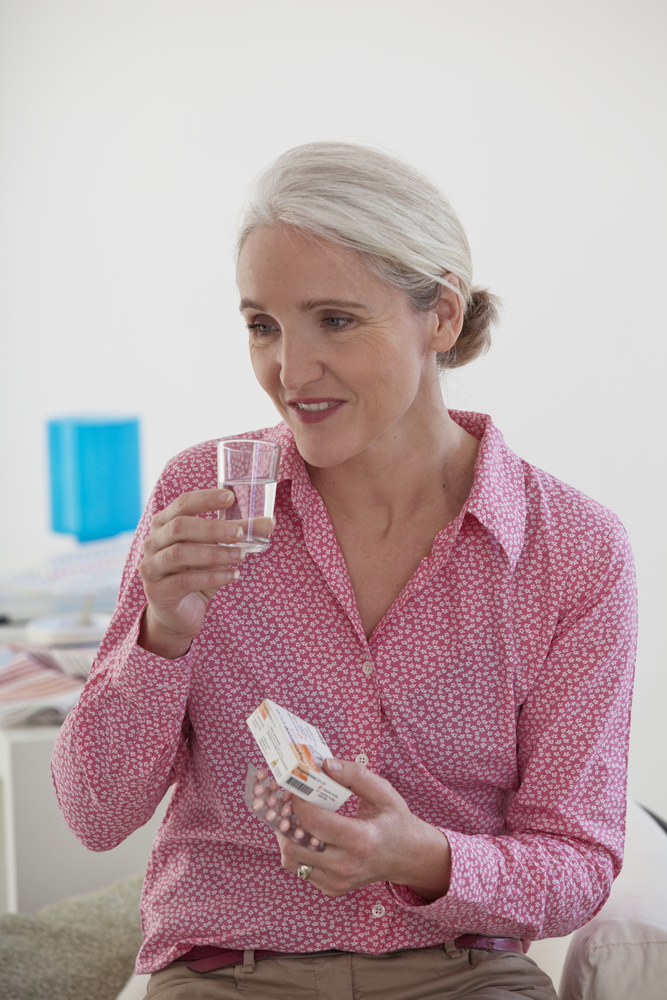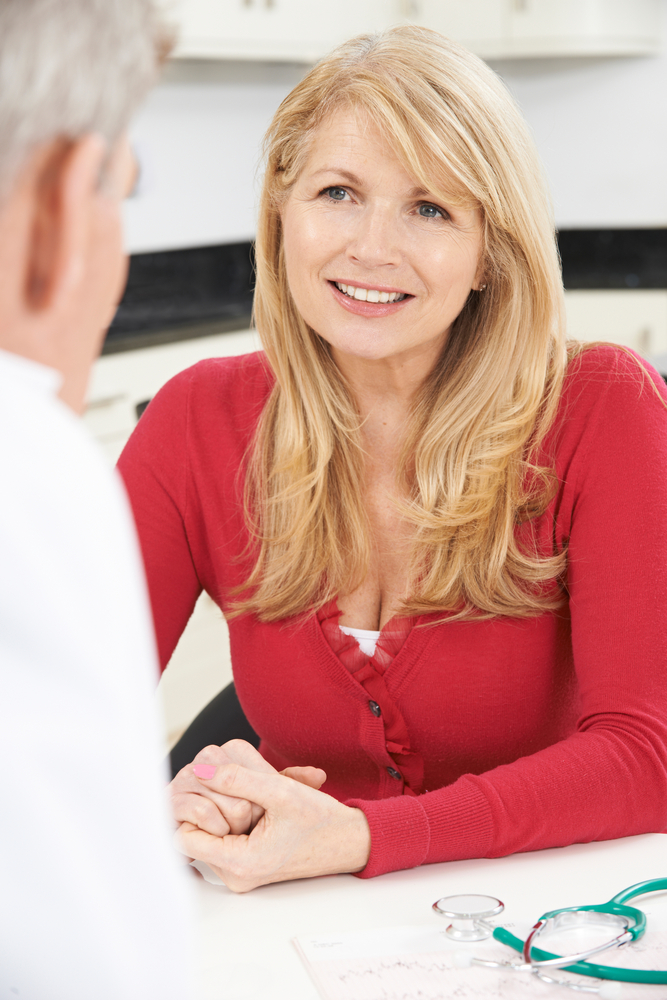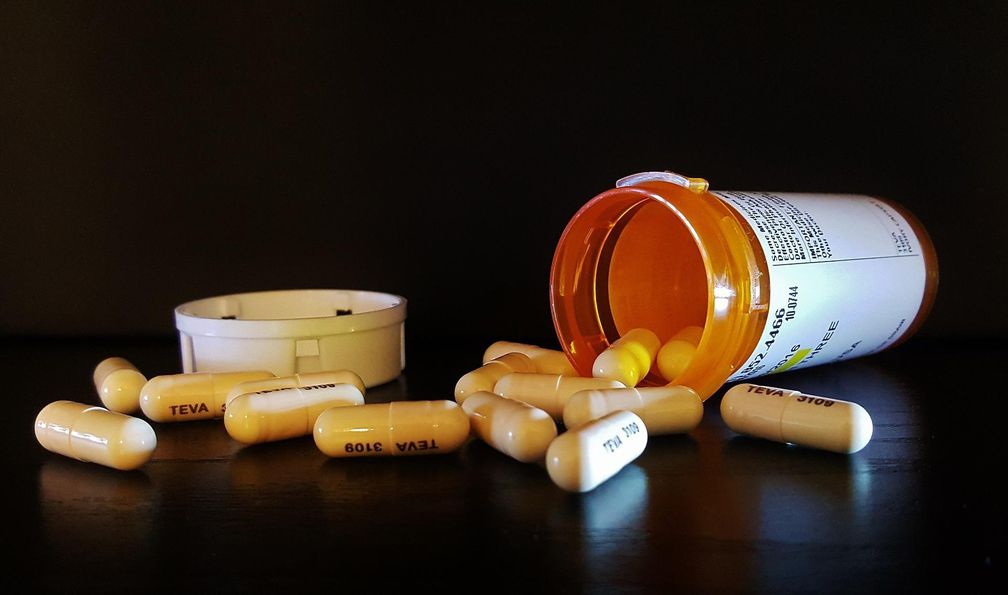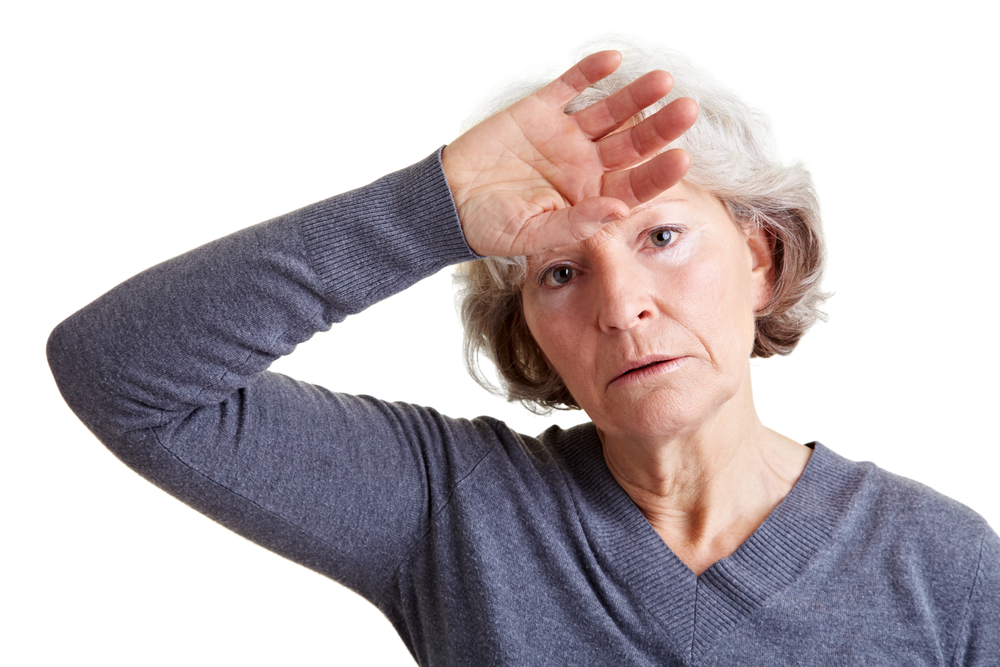I am 57 years old and six years into menopause. My problem is that I often feel like I am on the verge of developing a urinary tract infection. Help Please!
Your Menopause Question: I am 57 years old and six years into menopause. My problem is that I often feel like I am on the verge of developing a urinary tract infection, but when I take in a urine sample for my doctor to examine, I am told there is no evidence of infection. Help please!
Our Response: The impact of early menopause on vaginal biology has gained considerable attention clinically and in the press. Vaginal dryness, itching, and burning; painful intercourse; or just low libido are common complaints shared at many gynecology visits. The loss of ovarian estradiol is recognized as the cause of most of these symptoms (Cardoza, 2011). Why would that be? Estradiol is a powerful anti-inflammatory hormone but also acts to bring moisture into the genital areas (Takao, 2005, and Santos, 2017). Consequently, during reproductive life when estradiol blood levels range from 30 to 400 pg/mL, the vagina and vulvar area are free from inflammation, and the vaginal mucosa and the genital tissues remain soft and moist (Wallach, 2000). Furthermore, estradiol, by supporting glycogen in the vaginal tissues, enables lactobacillus to produce an acidic (low pH) environment (Boskey, 2001, and Shen, 2016). With loss of estradiol, a number of changes occur in the vaginal area. For many women, the vaginal mucosa thins, moisture decreases, the pH increases (becoming more basic), and low levels of inflammation set in.
So what does this have to do with the bladder? During embryonic development, the lower bladder (called the trigone) and urethra originate from the same tissues as the genital organs, which explains why, in animal studies, estradiol receptors exist not only in the vagina and vulva but also in the bladder (Carley, 2003, and Robinson, 2003). Unlike in the reproductive years, during menopause, the estradiol levels essentially are clinically undetectable unless hormone supplements are being used. If the loss of estradiol has such a negative effect on the vagina and vulva, why would it not have a similar effect on the bladder? Support for this concept comes from The North American Menopause Society (NAMS) and the International Society for the Study of Women’s Sexual Health (ISSWSH) who first labelled this the Genitourinary Syndrome of Menopause (GSM) (Portman, 2014, and Zagaria, 2015).
However, the role of estrogen in bladder dynamics can get complicated. It is easy to forget that, over time, the term “estrogen” has come to refer to different products. One of the early studies of estrogen on bladder function (the Women’s Health Initiative or WHI, 1991 to 2002) found that estrogen treatments increased bladder dysfunction. In that study, oral Premarin®, a combination of several estrogens containing only minimal estradiol, was used, and the mean age of women was 64 years (Cody, 2012). Several studies utilizing transdermal estradiol have since challenged this conclusion (Robinson, 2011, and Zagaria, 2015).
Support for vaginal estradiol is growing, but arriving at a definitive conclusion may be difficult. Why? Vaginal estradiol seems to be effective for urinary urgency (Robinson, 2003). The role of vaginal estrogen for treating overactive bladder, stress incontinence, and decreasing the risk of urinary tract infections remains less clear. The type and amount of vaginal estrogen (estradiol versus estriol) further complicates the clinical picture. In our practice, local application of an estradiol cream the size of a small pea applied digitally to the external vagina three times a week is well accepted as a treatment for vaginal irritation. It is understandable that the adjacent urethra and trigone with their estradiol receptors also should respond positively to the estradiol application.
But, is this method of applying estradiol safe? The North American Menopause Society has just gone on record supporting this approach (NAMS Position Statement, 2020, and Spadt, 2020). What about breast cancer survivors? The American
College of Obstetricians and Gynecologists provides support for this approach. Moreover, the 2018 consensus panel of the ISSWSH states, “Treatment of GSM is individualized, with nonhormone treatments generally being first line in this population. The use of local hormone therapies may be an option for some women who fail nonpharmacologic and nonhormone treatments after a discussion of risks and benefits and review with a woman's oncologist” (Faubion, 2018).
It is estimated that, if surveyed, over 70% of women would associate initial loss of estradiol at the beginning of menopause with the onset of lower urinary tract symptoms (Robinson, 2011). This percentage actually may be an underestimation. Fortunately, our expanding clinical awareness and improved treatments of this common and compromising condition offer hope for improving the quality of life for many women.
James Woods | 11/11/2021




